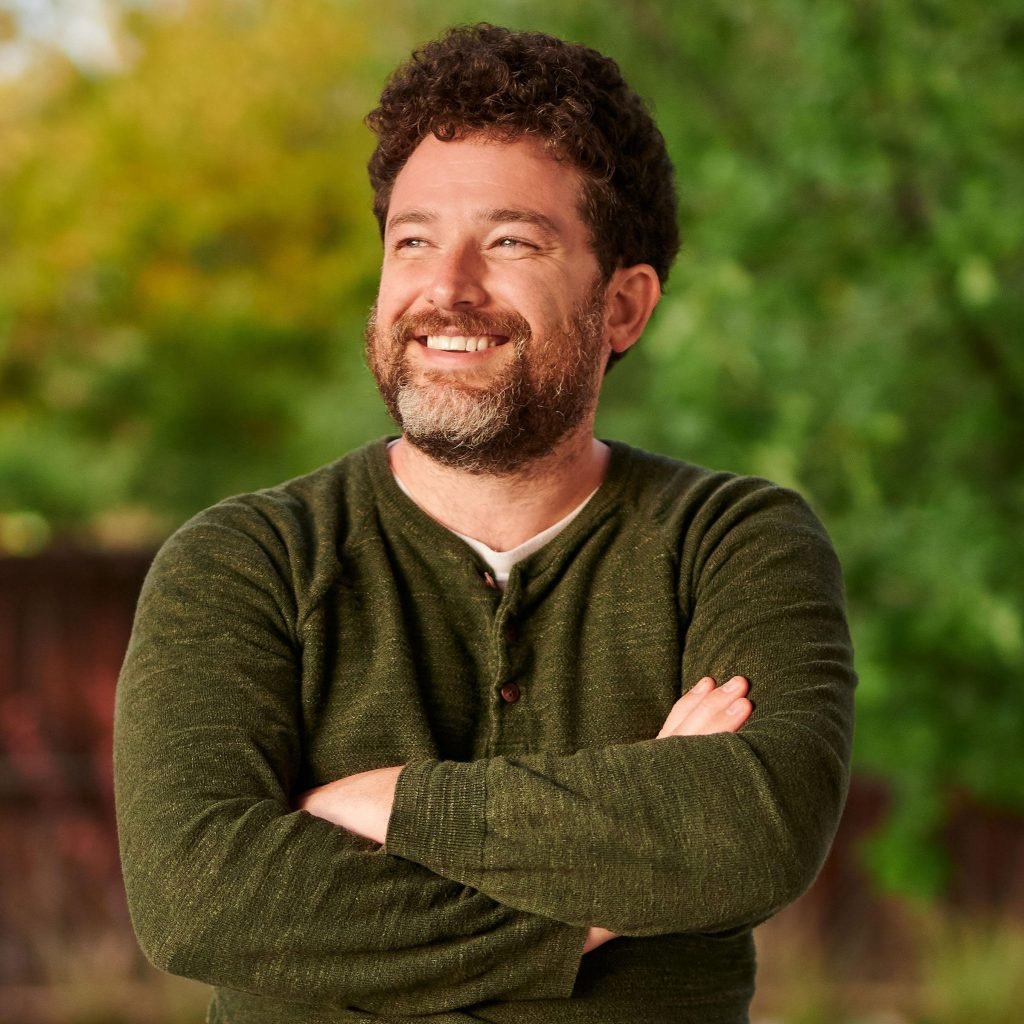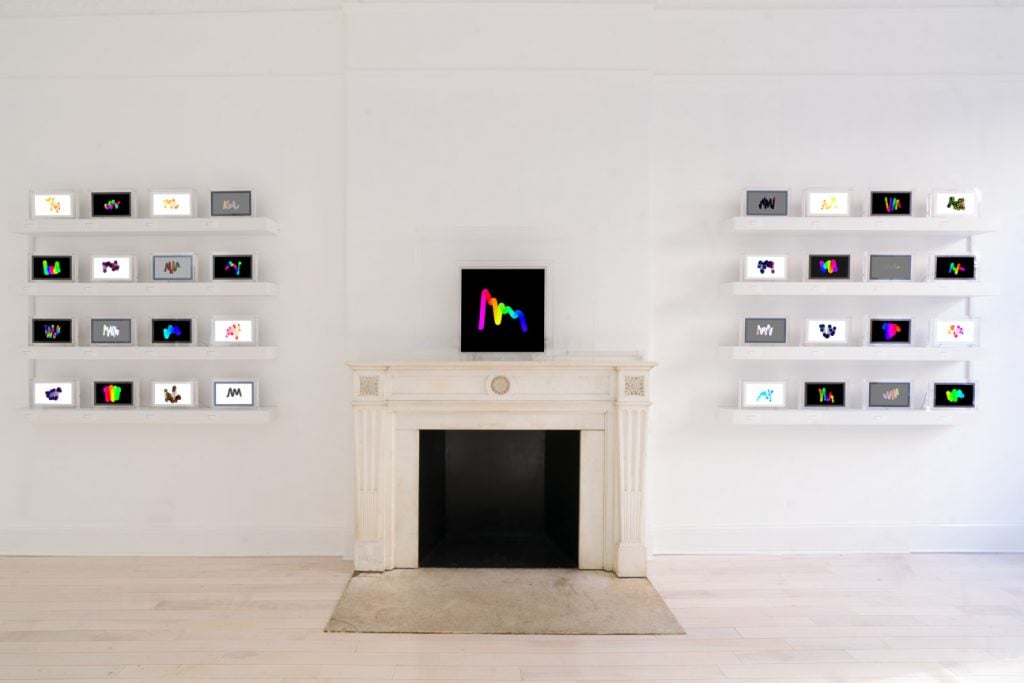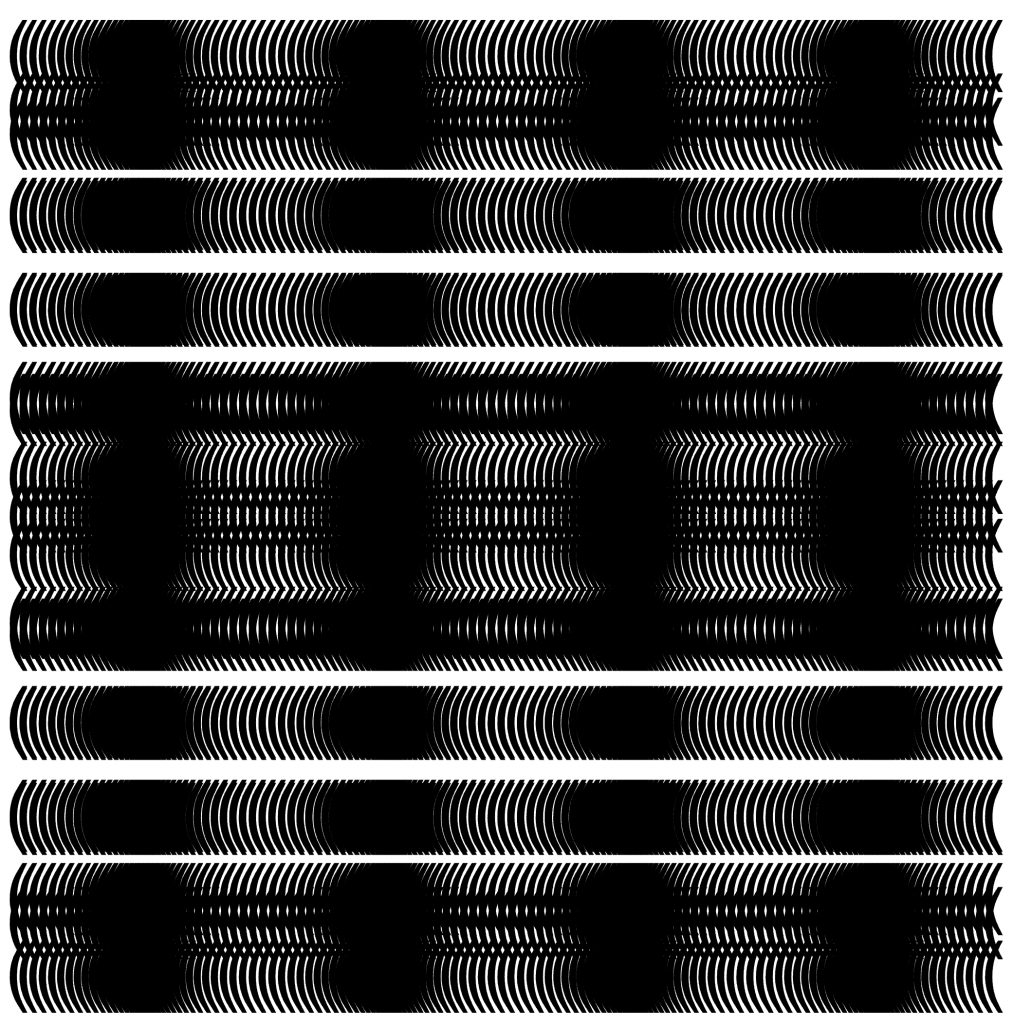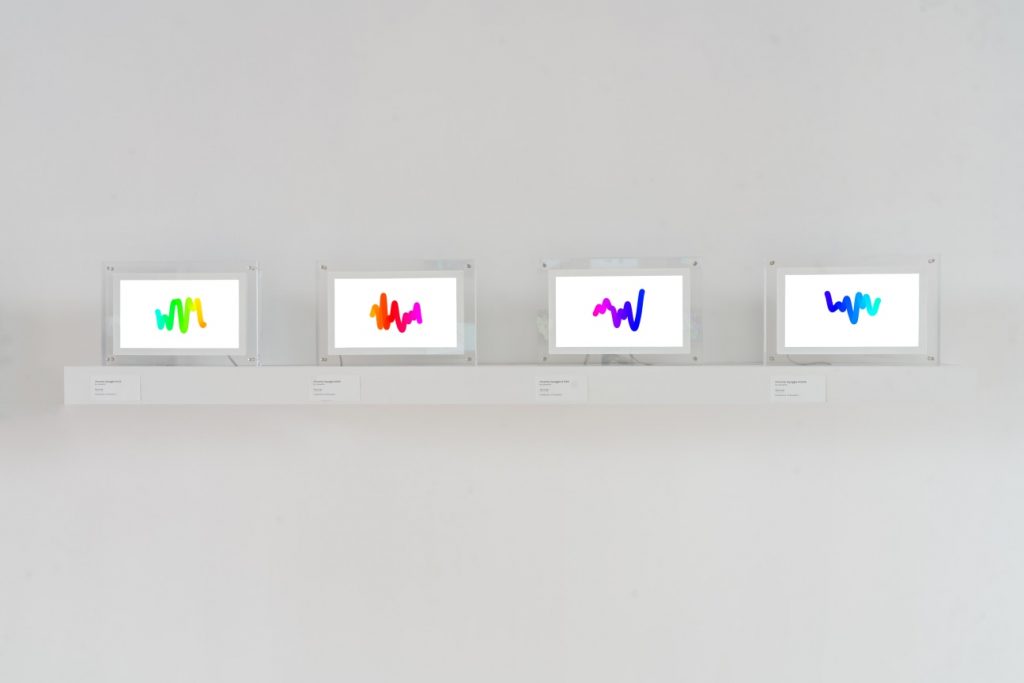Innovators List
The Innovators: Art Blocks CEO Erick Calderon on Crypto Speculation, the Bear Market, and Building His Kids’ Future on the Blockchain
"Founders who make even small mistakes can lose everything," Calderon says.

"Founders who make even small mistakes can lose everything," Calderon says.

Zachary Small

The Innovators is a five-part series of interviews with change-making art-world figures featured in the 2022 Artnet Innovators List.
Earlier this year, an article in the New Yorker drove Erick Calderon toward despair. The story chronicled a tense standoff in his own backyard in Marfa, Texas, where skeptical local artists questioned why the NFT impresario was invading their cultural refuge with talk of blockchains, cryptocurrencies, and Chromie Squiggles—Calderon’s wildly successful generative art creations. The founder and CEO of the Art Blocks platform had mentally prepared for a glowing profile in the magazine; instead, he was portrayed as bearish and bumbling. “I felt rugged,” Calderon told Artnet News, adding that some people started viewing him as “some arrogant tech person.”
Scrutiny comes with the job when your company has conducted more than $1.2 billion in transactions over the past two years, largely thanks to a gold rush conflating digital art with speculative finance. And within the traditional art world, Calderon needed to prove that his intentions were pure. So the artist-entrepreneur kept his head down, devoted the majority of the secondary market royalties he earned from the Chromie Squiggles to charities (including art institutions like the Contemporary Arts Museum Houston and the Chinati Foundation in Marfa), and listened to mentors who gave him a crash course in art history.
Calderon made his fortune by selling CryptoPunks, which he started collecting shortly after their release in 2017. His reputation was further bolstered last year when surging interest in generative art made Art Blocks into a kingmaker. Many of the top-selling NFT artists have sold works through the platform, including Tyler Hobbs and Dmitri Cherniak.
Artnet News recently selected Calderon as one of its 2022 Innovators, a list of 35 professionals pushing the art industry forward. He was also included in last year’s Artnet NFT 30 Report. The following conversation with Calderon, conducted by Artnet News contributor Zachary Small, is an expansion of his entry on the Innovators List and a detailed look at how a former importer of ceramic tiles became one of the most talked-about entrepreneurs in the art world. He spoke with us about the origins of Art Blocks, how the company is navigating the crypto winter, and what challenges lie ahead. The interview has been edited for clarity.

Installation view of “Snowfro: Chromie Squiggles,” at Venus Over Manhattan, New York, 2022.
The Art Blocks that we know today is not the same as the one that was registered as an LLC in 2018. Can you explain how the company first started and why that original model never really took hold?
My original idea was to host artworks on their own individual smart contracts. The smart contract would be connected to a hash on the Ethereum blockchain that triggered a visual output. It was kind of like a slideshow that would produce visuals forever. Customers would purchase a token for about 0.001 ETH, which would allow their visual to be displayed for one minute. The more Ether a customer spent, the longer their image would be displayed. We thought of it as a tipping system for digital art, something akin to the buckets in front of street performers in the park where you pay five dollars, and they start moving around like living statues.
That is a confusing model for a business. Was it hard to find customers willing to pay crypto for a limited image of their artworks?
More importantly, it was impossible for artists to understand. But there is still value in this idea, and I do see a world where we can reintegrate the concept into Art Blocks. We currently don’t have a tipping mechanism, but it would be nice for digital artists and their customers to have the opportunity to connect that way.
So a tipping mechanism might be coming in the distant future, but what’s coming in the near future? How are you building Art Blocks in a bear market where transactions across the NFT market have fallen by as much as 99 percent?
Our collaboration with Pace Verso is an example of how we are trying to bring the worlds of digital art and traditional art together. We don’t sign exclusive contracts with our artists, because we want them to explore both systems and find success. With Pace, we plan on doing about four releases a year to bring wonderful artists from their catalog onto our platform where they can use the distribution model to reach new audiences.
I don’t know if traditional collectors are buying on Art Blocks, but we hope that happens. The fact that I could buy a Tara Donovan digital artwork for about $500 when her physical work is going for $75,000 is pretty crazy. Maybe a collector won’t value these two objects the same way, but they are still part of the same artist’s career. On the flipside, artists like Tara Donovan and John Gerrard increased their audiences significantly by doing an Art Blocks drop and finding new digital art collectors from the crypto world.

Tara Donovan, QWERTY (2022). Image: © Pace Verso
Art Blocks gained a reputation early into the NFT market bubble for producing blue-chip artists like Tyler Hobbs and Dmitri Cherniak who are still commanding high prices in the crypto winter. But they aren’t always coming back to your platform. In October, Hobbs even worked with a competing marketplace, Archipelago, releasing a new NFT series that sold out for $17 million. Are you concerned about the top generative artists migrating to other platforms?
Someone once asked if I would prefer to represent the best generative artists in the world or be a platform where future artists launch their first projects. Art Blocks started as a tool to let generative artists distribute their art—it has already cemented itself within that history. Would we love to retain all the major artists that have come through our platform? Yes. But the concept of decentralization in the crypto world is about getting rid of middlemen. We need to stop being so possessive over other humans.
Listen, I would love Tyler Hobbs to come back and release more work, but not because we have a contract making him. We don’t make artists sign exclusivity contracts. But I would say that someone like Hobbs coming back and releasing an Art Blocks project would also support the ecosystem here, and the other artists interested in generative projects.
When we spoke this summer at the start of the crypto bear market, you mentioned that Art Blocks had been incredibly conservative with its profits. Even during the bull market, you were having conversations about how long the company might last if you never sold another NFT. So the company might be stable, but many collectors are getting desperate. On Twitter, there’s a debate among crypto investors about whether NFT marketplaces should abolish secondary market royalties for artists and platforms.
This drives me crazy! I could talk about these complaints for hours, because we are a royalty-based platform and I am personally a recipient of royalties as the creator of Chromie Squiggles. The whole reason that NFTs gained traction in the art world and beyond was because creators were getting the opportunity to participate in their own success. Preventing that relationship from growing would be antithetical to the ecosystem we have created.
Secondary market royalties are the cultural norm. Even when Chromie Squiggles are sold between collectors off-chain, where the smart contracts cannot automatically execute the royalties protocol, traders will contact me directly. I have had a buyer ask to send me the royalties directly because an NFT seller refused to pay the fee through the blockchain.
But when you start programming [royalty] restrictions into the smart contract, you might also encourage people to trade off-chain instead of using the trustless systems of the blockchain that are made to protect people from getting screwed over. I believe that a person who wants to sell an NFT without paying for royalties will find a way. Our problem is making those people feel defiant about the marketplace and looking for less secure ways of conducting business that can get them hacked or manipulated. So it’s a difficult problem to solve within the code. We should be rewarding people who participate in the cultural norm of secondary market royalties, but we should not play God through the smart contracts, saying which collectors are “good” and “bad.”

Installation view of “Snowfro: Chromie Squiggles,” at Venus Over Manhattan, New York, 2022.
During the opening party for your exhibition at Venus Over Manhattan earlier this year, you mentioned that a significant portion of your Chromie Squiggles collection is secured as a trust fund for your two young sons. The market’s success will determine the value of that trust fund. Does that make you a little more invested than the average collector about what happens to NFTs? What does it mean to build your children’s future on the blockchain?
This will be my family’s legacy, and we are in a market where credibility is everything. Founders who make even small mistakes can lose everything. This is a market without clear regulations, so it’s sometimes hard to operate in a 100 percent ethical way. But when you celebrate transparency, you have nothing to hide.
My goal is to become a person who adds more than he takes. I have had this conviction since 2017 when I started buying NFTs, and the vast majority of my net worth comes from selling CryptoPunks and Autoglyphs.
Last year, we were all talking about the speculation and drama. I thought it was gross because, in a weird way, I felt like an enabler for all the collectors who were taking advantage of Art Blocks. That seems to have settled now as people continue returning to our platform for the art. We are all fiercely proud of that, and now it’s time to get back into the fun possibilities that got us all interested in art and the blockchain at the start.